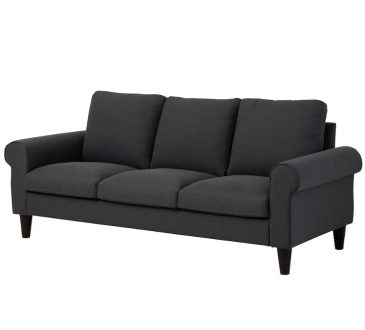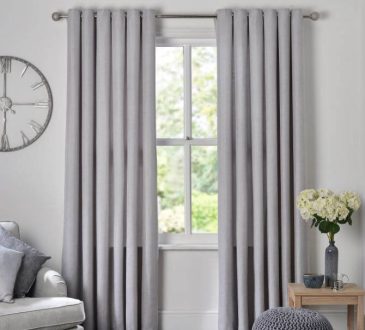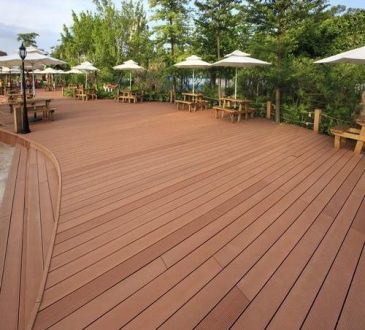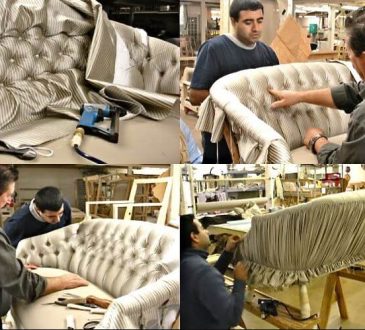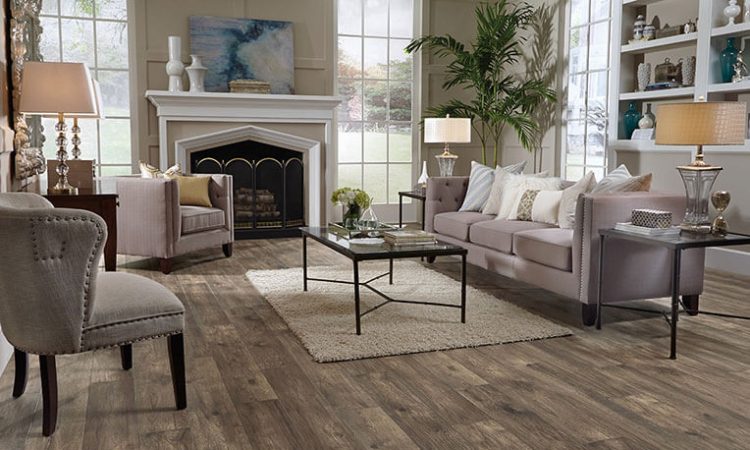
Wood has been a symbol of warmth, comfort, and elegance for centuries. Among the many ways it enhances homes, wooden flooring stands out as one of the most timeless and sophisticated choices. From luxurious mansions to cozy apartments, this flooring option blends seamlessly with almost every interior style. Its natural beauty, durability, and versatility make it a favorite for homeowners, architects, and designers alike.
In this article, we’ll explore the advantages of wooden flooring, its different types, care tips, and why it continues to be a go-to option for both modern and traditional spaces.
The Natural Charm of Wooden Flooring
Unlike synthetic flooring materials, wooden flooring carries an organic warmth that instantly transforms any space into a welcoming environment. The natural grains, knots, and shades in wood make each plank unique, adding character and depth to interiors. Whether polished to a high shine or left with a rustic matte finish, wooden floors create a sense of timelessness that never goes out of fashion.
Additionally, wood complements almost any décor style. Minimalist interiors, vintage designs, Scandinavian-inspired spaces, or luxurious contemporary homes all benefit from the elegance that wood brings underfoot.
Types of Wooden Flooring
One of the reasons wooden flooring remains so popular is its wide range of options. Here are some of the most common types:
Solid Hardwood Flooring
Made from a single piece of wood, solid hardwood is the traditional choice for flooring. It is highly durable, long-lasting, and can be sanded and refinished multiple times to restore its original beauty. Oak, walnut, maple, and cherry are among the most popular species.
Engineered Wood Flooring
Engineered wood consists of multiple layers, with a top layer of real hardwood and inner layers of plywood or high-density fiberboard. This construction provides greater stability, making it resistant to moisture and temperature fluctuations. It’s an excellent option for areas where solid hardwood may not be practical.
Parquet Flooring
Parquet flooring is crafted from small wooden pieces arranged in decorative patterns such as herringbone, chevron, or basket weave. This option adds artistic flair and is ideal for those who want their flooring to make a bold style statement.
Laminate Wood Flooring
Though not made of real wood, laminate mimics the look of natural wood with a printed image layer. It is cost-effective, easy to install, and requires minimal maintenance, making it a popular choice for budget-conscious homeowners.
Advantages of Wooden Flooring
Wooden flooring is not just about aesthetics—it also comes with several practical benefits:
Durability and Longevity: High-quality wooden flooring, when maintained properly, can last for decades, sometimes even generations.
Easy Maintenance: Unlike carpets that trap dust, wood floors are easy to clean with regular sweeping and occasional mopping.
Improved Air Quality: Wooden floors do not harbor allergens, dust, or pet dander, making them ideal for families with allergies.
Versatility: Wooden flooring suits nearly every interior design style and can adapt to changing décor trends.
Value Addition: Homes with wooden flooring often have a higher resale value due to its premium look and lasting quality.
Wooden Flooring and Sustainability
Today, eco-conscious homeowners are increasingly turning to sustainable wooden flooring options. Many manufacturers source wood from responsibly managed forests and offer certifications to prove it. Bamboo and reclaimed wood flooring are also eco-friendly alternatives that provide the same warmth and charm without harming the environment.
Engineered wood is another sustainable option since it uses less solid hardwood in its production while still offering the look and feel of natural wood.
Maintenance Tips for Wooden Flooring
While wooden flooring is durable, it requires proper care to maintain its beauty over time. Here are some practical tips:
Regular Cleaning: Sweep or vacuum regularly to prevent dirt and grit from scratching the surface.
Avoid Excess Water: Use a damp mop rather than soaking the floor, as wood can warp when exposed to excessive moisture.
Protect from Scratches: Place mats at entrances, use felt pads under furniture, and avoid dragging heavy items across the floor.
Maintain Humidity Levels: Wood expands and contracts with temperature changes, so maintaining indoor humidity helps prevent cracks or gaps.
Refinishing: Over time, sanding and refinishing the floor will restore its original shine and beauty.
Why Choose Wooden Flooring?
Wooden flooring isn’t just about looks—it’s about lifestyle. Stepping barefoot onto a wooden floor gives a natural, grounding feeling. It creates a sense of continuity between nature and your home, bringing the outdoors in. Unlike cold tiles or synthetic alternatives, wood has a warmth that makes a house feel like a home.
Furthermore, wooden floors age gracefully. While other materials may look outdated after a decade, wood develops a rich patina that enhances its character. It tells a story—every mark and every polish adds to its charm.
Final Thoughts
Wooden flooring is more than just a flooring material—it’s an investment in timeless style, comfort, and value. Whether you opt for solid hardwood, engineered planks, or elegant parquet patterns, wood has the power to elevate your interiors like no other flooring option. With proper care, it can serve you beautifully for decades, making it one of the wisest choices for both traditional and modern homes.
When you walk across a wooden floor, you’re not just stepping on planks—you’re stepping into history, craftsmanship, and enduring beauty. It’s no wonder wooden flooring continues to be the preferred choice for those who value elegance and long-lasting quality in their living spaces.

